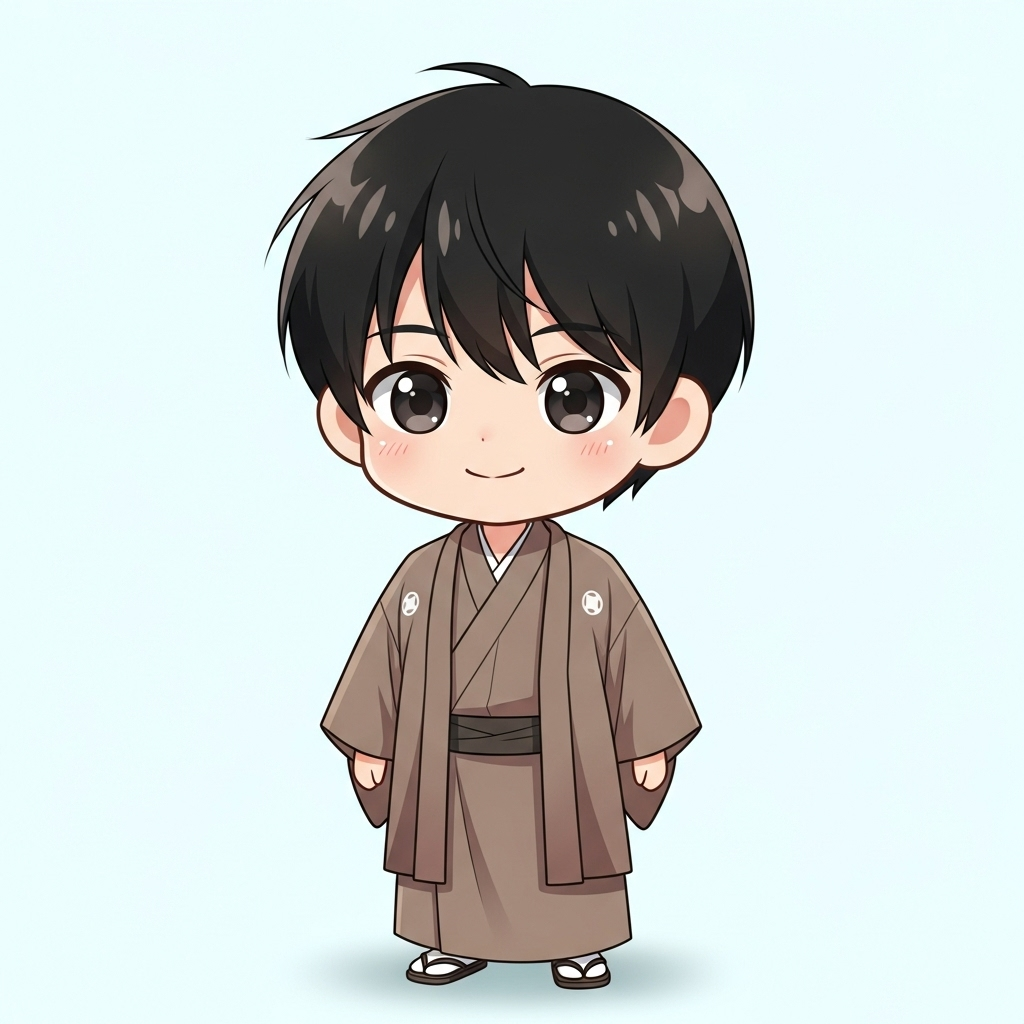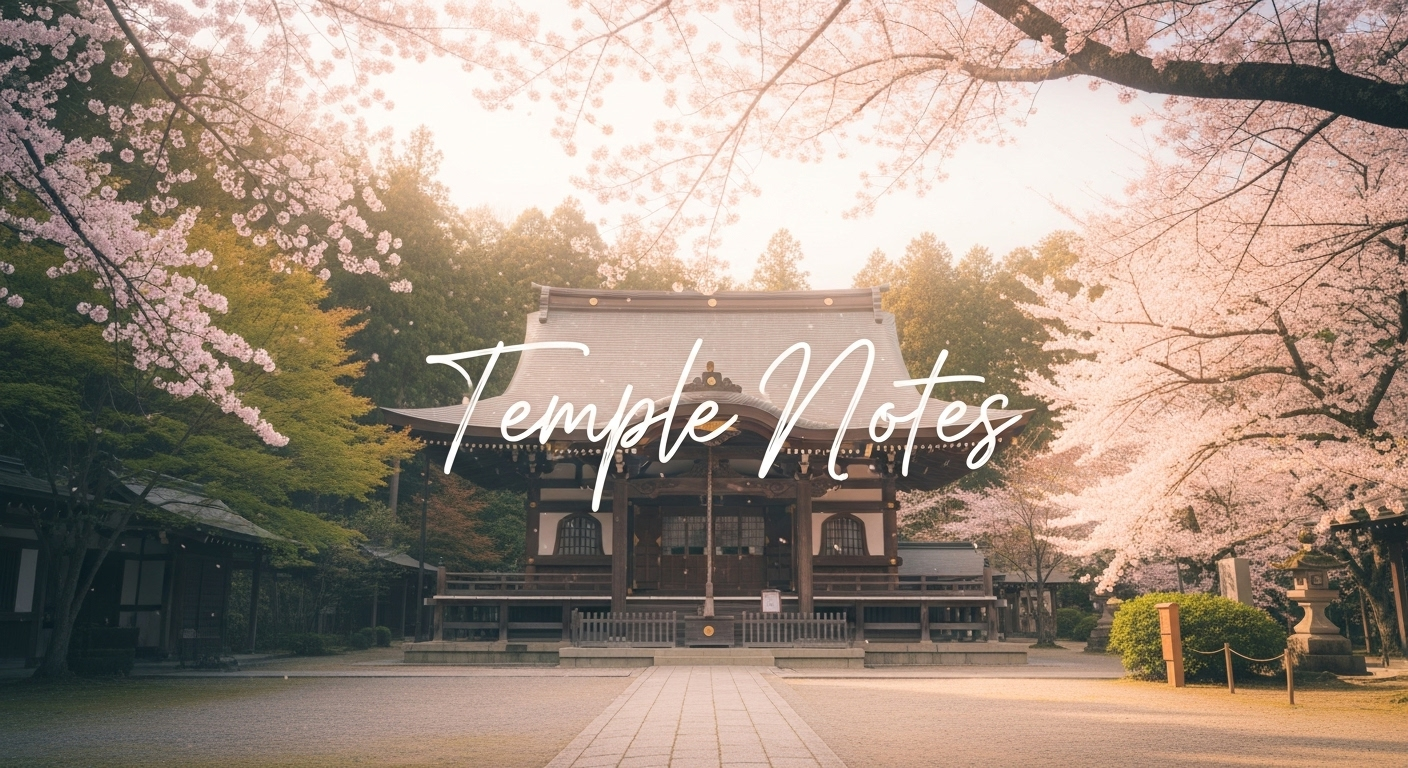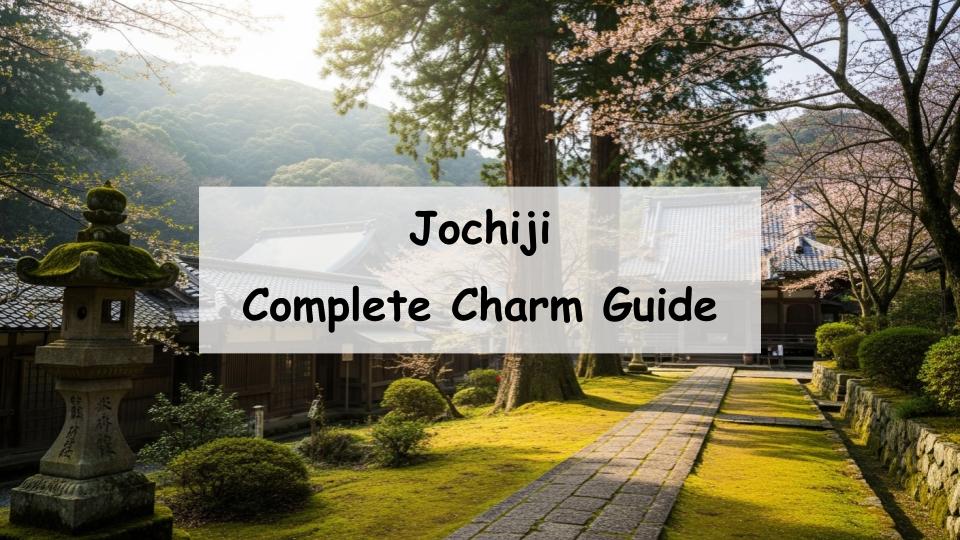Nestled quietly in the serene hills of Kamakura lies Jochiji Temple—a place where time seems to slow down.
If you’re wondering, “What makes Jochiji unique?” “What are its highlights throughout the seasons?” or “How do I get there easily?”—you’re not alone.
To put it simply, Jochiji Temple is a tranquil haven where history and nature blend harmoniously. Whether you’re seeking peaceful solitude, historic insight, or seasonal beauty, this temple offers it all.
In this article, we’ll explore the rich history of Jochiji, its architectural elegance, scenic attractions, seasonal highlights, and practical access tips. Whether you’re a first-time visitor or a returning admirer, there’s always something new to discover.
What Is Jochiji Temple? History and Background
Origins and Historical Significance
Jochiji Temple, located in the northern part of Kamakura, belongs to the Rinzai sect of Zen Buddhism and was established in 1281 during the Kamakura period. It was founded by the wife and son of Hojo Tokimune to honor the memory of Hojo Munemasa. Influenced by Chinese Zen traditions, the temple retains architectural and spiritual elements rooted in that era.
A Prestigious Member of the Kamakura Gozan
Jochiji holds the fourth rank among the Kamakura Gozan, a group of five prestigious Zen temples ranked under the Muromachi shogunate. This classification reflects Jochiji’s significant role in the religious and cultural history of medieval Japan.
Layout and Atmosphere of the Temple Grounds
Upon entering the temple gate, visitors are embraced by a natural setting where moss-covered paths, towering cedar trees, and historic wooden buildings create a deeply tranquil environment. The temple grounds are intimate and peaceful, offering a stark contrast to the busier temples in central Kamakura.
Highlights and Attractions of Jochiji Temple
Gardens and Natural Beauty
Jochiji’s charm lies in its seasonal transformations. In spring, cherry blossoms bloom along the pathways. Summer brings deep green bamboo groves, while autumn lights up the grounds with vibrant foliage. Even in winter, the quiet, bare landscape has its own appeal. The seamless integration of nature and architecture makes every visit special.
Architectural Elegance: Bell Tower Gate, Main Hall, and Shoin
Passing through the bell tower gate, visitors arrive at the main hall which houses the Three Buddha Statues—Amida, Shaka, and Miroku representing the past, present, and future. The minimalist yet dignified Zen architecture of the halls reflects a refined aesthetic unique to Rinzai Zen temples.
A Sanctuary of Quiet and Healing
Jochiji is removed from the usual tourist routes, making it a quiet sanctuary perfect for introspection. The gentle rustling of trees, birdsong, and soft footsteps on gravel paths enhance the meditative atmosphere that defines this temple.
Seasonal Highlights: Cherry Blossoms, Autumn Leaves
In spring, cherry blossoms frame the temple gate beautifully. During fall, the foliage bathes the entire grounds in fiery reds and golds. Each season offers a unique backdrop, making the temple ideal for return visits throughout the year.
Best Photo Spots in Jochiji
Jochiji is a haven for photographers. Mossy paths, bamboo forests, and rustic wooden gates offer countless photogenic angles. On misty mornings or after rainfall, the scenery becomes especially atmospheric—perfect for capturing timeless, Zen-inspired images.
Useful Tips Before Visiting Jochiji Temple
Statues and Legends of the Temple
In addition to the Three Buddha Statues, Jochiji features a Hotei (Laughing Buddha) statue, part of the Kamakura Seven Lucky Gods pilgrimage. Many visit this jovial figure to pray for happiness and fortune.
Flora and Fauna in the Temple Grounds
The temple grounds host a variety of native plants and seasonal flowers, as well as bamboo and maples. You might also encounter local wildlife such as birds and squirrels. Jochiji is ideal for nature lovers seeking subtle beauty.
Hours, Fees, and Basic Information
Jochiji Temple is open daily from 9:00 AM to 4:30 PM, with an admission fee of 200 yen for adults. Arriving early in the day allows you to enjoy the temple at its quietest.
How to Get to Jochiji Temple
By Train, Bus, or On Foot
Jochiji is a 10-minute walk from JR Kita-Kamakura Station. After exiting the station, head left, passing Engakuji Temple. A short walk along a quiet street brings you to Jochiji’s entrance. The route itself is part of the experience—peaceful and scenic.
By Car and Nearby Parking Options
The temple doesn’t have its own parking lot, but paid parking is available in the area. Keep in mind that Kamakura’s narrow streets can be congested, so using public transportation is often more convenient.
Combining Visits with Nearby Attractions
Within walking distance are several other historic temples like Engakuji, Tokeiji, and Kenchoji. Planning a day trip that includes Jochiji and its neighbors offers a deeper dive into Kamakura’s Zen heritage.
Recommended Spots Around Jochiji
Explore More Zen Temples Nearby
North Kamakura is rich with quiet, atmospheric temples. Visiting several in one day—starting with Jochiji and continuing to Engakuji or Tokeiji—allows you to experience a variety of architectural and spiritual styles within a compact area.
Nearby Cafes and Rest Stops
After exploring Jochiji, unwind at one of the charming cafes nearby. North Kamakura is known for its renovated traditional houses, now serving as cozy tea rooms and dessert spots. It’s the perfect way to relax and reflect on your visit.
How to Enjoy Jochiji Temple
Respectful Etiquette for a Peaceful Visit
As a place of worship and meditation, Jochiji encourages quiet behavior. Avoid loud conversations, don’t touch statues or trees, and walk slowly through the grounds. This helps preserve the calm that defines the temple’s unique atmosphere.
Photography and Zazen or Sutra Experiences
Photography is welcome, but use discretion—avoid flash and don’t disturb others. Jochiji occasionally offers zazen (Zen meditation) or sutra-copying experiences, perfect for deepening your engagement with Zen practice.
Seasonal Events and Cultural Activities
Special events, such as New Year’s visits or meditation sessions, offer rare opportunities to experience Jochiji in a different light. Checking the temple’s official site before your visit can help you catch one of these enriching programs.
Conclusion: Embracing Tranquility at Jochiji Temple
Why Jochiji Leaves a Lasting Impression
Jochiji Temple is more than a sightseeing spot—it’s a space where history, nature, and inner peace intersect. Visitors leave not just with photos, but with a sense of serenity and spiritual renewal. Its quiet charm lingers long after your visit ends.
Advice for First-Time Visitors
For a truly peaceful experience, arrive early in the morning. Plan your route to include nearby temples or a quiet café to fully enjoy the northern Kamakura area. Whether you’re coming for the history, the nature, or the quietude, Jochiji promises an experience that speaks to the soul.
A Message from the Guide

It’s a quiet and calming place.










Comment